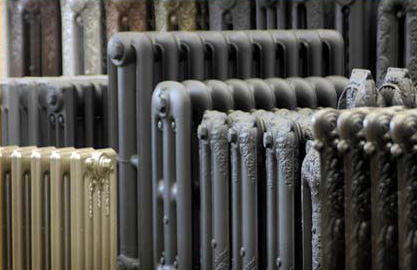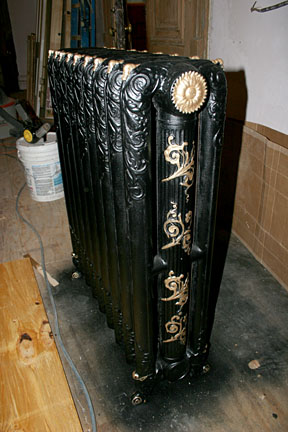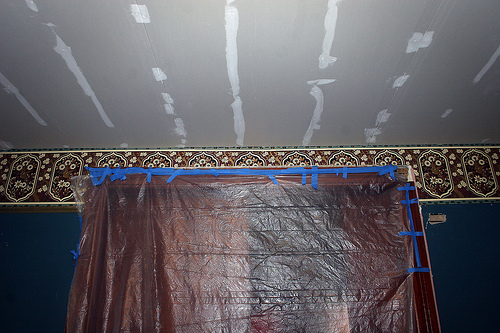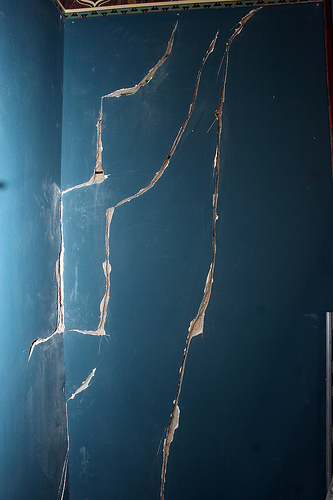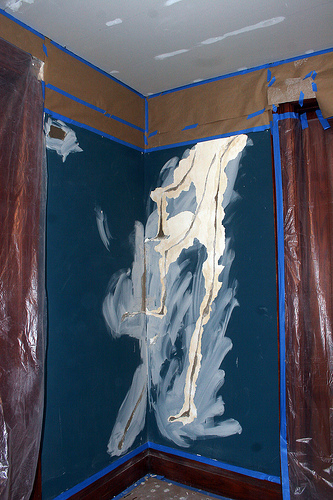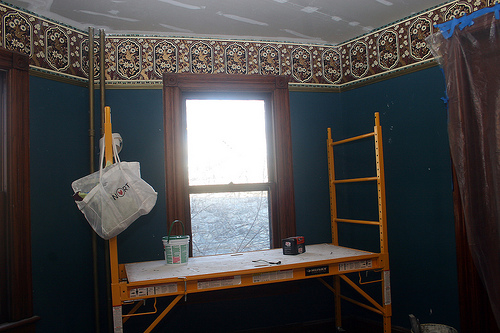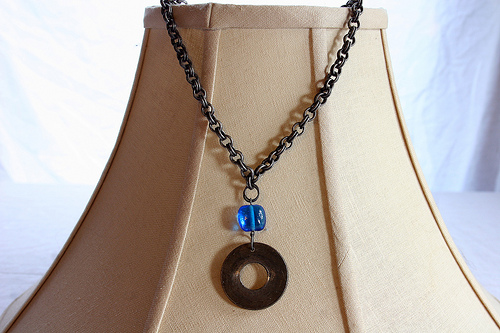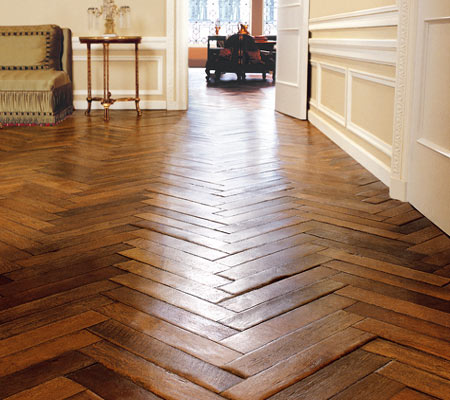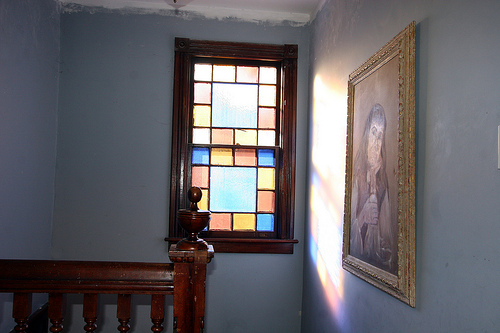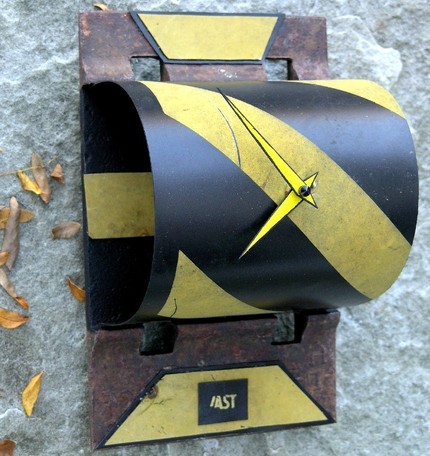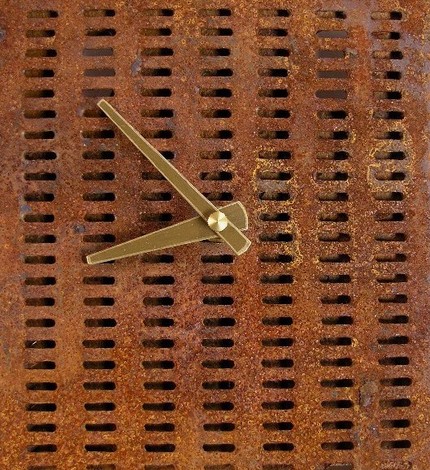
Guest Post: Horizon Window Treatments, NYC
It’s all about energy efficiency these days. Whether it’s because they genuinely care about the environment or just want to lower their energy bills and get the tax credits, many people are trying to reduce their carbon footprint. Window treatments are usually not the first thing that peoples think of when assessing the energy efficiency of their homes. But, the fact of the matter is that some carefully selected window treatments can be one of the most effective ways of saving energy as they can reduce heat loss in the winter and heat gain in the summer.
Window shades can be one of the simplest and most effective window treatments for saving energy if they are correctly installed. In order to create a sealed air space, shades should be mounted as close to the glass as possible with the sides of the shade held close to the wall. In the winter, shades should be raised on the south side of the house during the day and then lowered at night. They should be lowered on sunlit windows in the summer. Dual shades can be even more useful as they are highly reflective (white) on one side and heat absorbent (black) on the other. The reflective side should always face the warmest side and they need to be drawn all day to be effective.
If you live in a region where heat gain is a bigger concern than heat loss, window blinds might be a better option than shades. Blinds are more effective at reducing heat gain in the summer than heat loss in the winter because the numerous openings between the slats make it difficult to control how much heat you lose. However, in the case of reducing heat gain, the advantage blinds have over shades is that these slats can be adjusted to control light and ventilation. When completely closed and lowered on a sunny window, highly reflective blinds can reduce heat gain by around 45%.
Draperies come in a wide variety of fabrics and colors, so it is difficult to generalize about their energy performance. Medium-colored draperies with white-plastic backings have been found to reduce heat gains by 33%. Compared to other window treatments, draperies also stay cooler in the summer because their pleats and folds lose heat through convection. In the winter, most conventional draperies can reduce heat loss by up to 10% when drawn. That number can be pushed to 25% if they are hung as close to the window as possible, a cornice is installed at the top and the drapery is sealed at both sides and overlapped in the center.
Deciding on the most energy efficient window treatment is ultimately dependent on the specific insulation needs of your home. People who live in warmer temperatures most of the year would probably benefit more from blinds and drapes, whereas shades would be more useful to those who live in colder climates. Hopefully, with this information you’ll be able to make a better informed decision when it comes time to redecorate.

